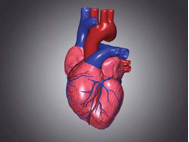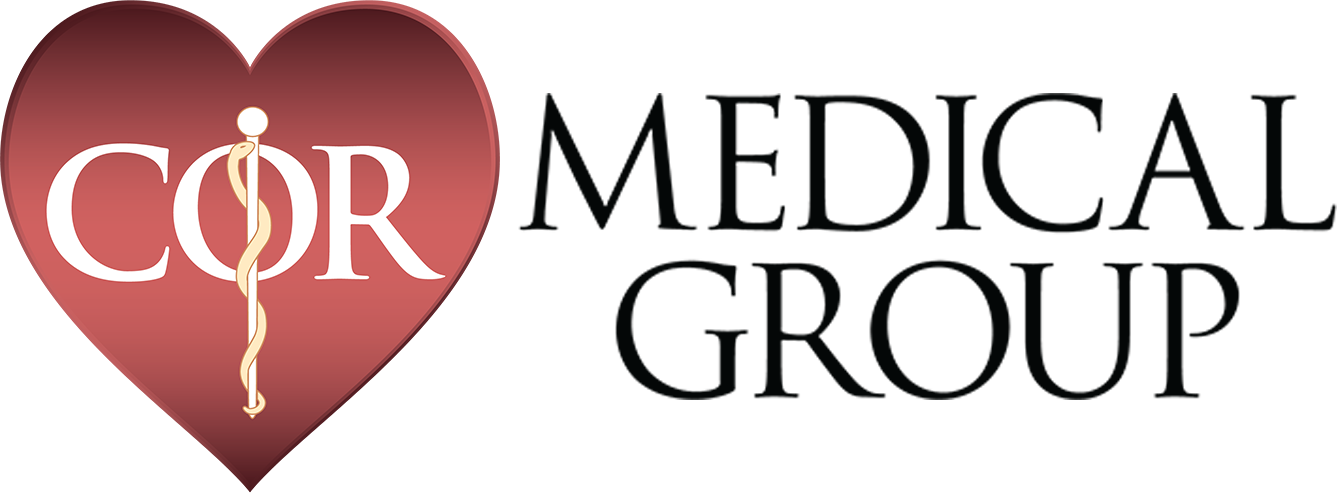Angina
Angina pectoris (angina is from Greek and Latin words referring to “strangling” and pectoris means “of the chest”) is the name of the pain, feeling of pressure or heaviness in the chest caused by coronary artery blockage. It is usually referred to as angina (pronounced [ANN-juh-nuh] or [ann-JY-nuh]) and happens when the heart muscle does not receive all the blood it needs to supply the heart muscle with oxygen. Angina is a symptom of myocardial ischemia (ischemia means lack of oxygen). This usually occurs when one or more arteries (coronary arteries) that provide oxygenated blood to the heart muscle become narrow or blocked by plaque. This is a condition known as coronary artery disease (CAD) and angina is the most common symptom of CAD.
The chest pains of angina occur when the heart cannot get enough oxygen-rich blood, making it feel squeezed. The causes include plaque-clogged arteries; enlarged or very thickened heart muscle whether caused by heart disease or uncontrolled hypertension; or heart valve disease. However, coronary artery blockage is the most common cause of angina pectoris.
Symptoms
Angina is likely to feel like a deep ache or a constriction or weight on the chest. It is often described as an uncomfortable feeling of pressure, fullness, compression or pain in the middle of the chest. This discomfort can also be felt in the neck, jaw, shoulder, back or arm. Patients with angina may also complain of shortness of breath, nausea and anxiety or a feeling of imminent doom. One of the reasons angina can be missed is that it feels different to different people.
There are many types of chest pain unrelated to angina pectoris. A few examples are acid reflux, pulmonary infections and pulled muscles. Sometimes it is difficult to differentiate between angina and chest pain unrelated to the heart. Angina can be mistaken for indigestion or heartburn, especially when the pain occurs lower down in the abdominal area. If the tightness, constriction, or pain occurs in the shoulder, neck, jaw, arm or upper back, it may be mistaken for a pulled muscle. It is important to report your symptoms to your doctors, so that they can help you determine the cause of the symptoms.
Angina can occur during activities with which the heart muscle needs more oxygen. Physical exercise, emotional stress and very hot or cold temperatures are examples of when the heart muscle needs more oxygen. People with angina are at greater risk of suffering a heart attack. Any change in the pattern of angina should be taken very seriously and brought to the attention of your physician, especially if it takes less and less physical activity to trigger the discomfort.
There are two categories of angina: stable and unstable.
FAQ
Stable angina causes chest discomfort that occurs at regular intervals. Most people with stable angina find that episodes are most often triggered by anything that puts an additional strain on the heart, such as exercise or stress. It involves symptoms that tend to occur with the same intensity of physical activity, for example, climbing a flight of stairs. The stress caused by anger or discontent may also cause the symptoms. Patients with symptoms of angina should undergo an evaluation of their heart disease risk factors performed by their doctor. In addition, the doctor may take a medical history and conduct a physical exam to determine whether the symptoms suggest angina pectoris. If they consider that it is possible that you have angina, tests are normally done. Most frequently, the first test requested is an electrocardiogram (ECG). Sometimes, a chest X-ray is used to evaluate the size of the heart and to see if there are pulmonary (lung) problems that could cause the symptoms. In some people, a stress test with exercise is also needed to see if there is any change in the heart during exercise, or with the administration of medications that subject the heart to stress. An echocardiogram could be performed to take images of the heart and see if there is a structural problem. Catheterization of the heart may be necessary to determine whether a patient’s symptoms are caused by the blockage of one or more coronary vessels.
People with unstable angina experience chest pain unexpectedly and unpredictably. The first time that someone has angina it is usually considered unstable angina because its type is not known. In some patients, the symptoms could occur while they are at rest. The symptoms of unstable angina may be more severe than those of the stable form. The most common cause of unstable angina is coronary artery blockage (due to atherosclerosis), which limits the flow of blood to an area of the heart muscle. Another cause of the symptoms may be abnormal narrowing of an artery or partial blockage by a blood clot. Inflammation or an infection can also lead to unstable angina. Unstable angina is a medical emergency. Patients with new or unstable angina should call 911 or their local emergency response service. Unstable angina can precede a heart attack. It can also cause serious heart arrhythmias (irregular heart beats), which in turn could lead to sudden cardiac death.
For more detailed information on angina, click here.
Prinzmetal’s angina (or variant angina pectoris) is caused by coronary artery spasms, which tighten the coronary artery and reduce blood flow. This can cause chest discomfort. This tends to occur at rest. It is often related to atherosclerosis, and the spasms tend to occur near the area of the blockage, which limits the flow of blood more than the blockage itself.
Angina can also occur due to poorly functioning microscopic blood vessels in the heart. This is known as microvascular angina due to microvascular ischemia and tends to be more common in women. This can even occur with bigger and main coronary arteries not having any significant blockages at all. This is becoming recognized more and more as a cause of chest pain, especially in women.
Angina pectoris can be treated with medications that affect the flow of blood to the heart muscle, the heart’s oxygen requirements, or both. The medications that affect blood flow are called coronary vasodilators and make the blood vessels relax. When this occurs, the space within the vessels (the lumen) grows larger. The blood flow improves, which allows more oxygen and nutrients to reach the heart muscle. Nitroglycerin is the medication most frequently used. It relaxes the blood vessels throughout the body, especially the veins. It also relaxes the coronary arteries slightly. In relaxing the veins, it decreases the volume of blood that returns to the heart and eases the heart’s workload. By relaxing the coronary arteries, it increases the flow of blood to the heart.
The heart’s oxygen requirements can also be adjusted with medications that lower blood pressure. Since the heart does not need to pump blood against so much pressure, the heart’s workload and need for oxygen are reduced. Medications that slow the heart rate have a similar effect. For these effects, medications called beta-blockers and calcium antagonists (calcium channel blockers) are used. There are many beta blockers and calcium antagonists. The specific medication used is chosen depending on each patient’s individual needs.
Patients with angina often require heart (cardiac) catheterization or coronary angiography. This procedure allows doctors to take images of the heart and the blood vessels that carry blood to the coronary muscle (coronary arteries) to see if they are blocked.
This information can help your doctor determine whether you need a medication that improves the flow of blood to your heart muscle, whether you need a procedure called percutaneous angioplasty or stenting, in which the coronary blood vessel is opened with a special catheter, or whether you need open-heart surgery to restore blood flow to the coronary artery.
Just as important as angioplasty, stents, and surgery, are heart-healthy lifestyle as well as critical mediations such as aspirin or other medications that thin the blood to prevent heart attacks, and medications such as statins that lower the cholesterol and help keep the plaque in arteries from getting worse.
Click here for a printer friendly version of this article.
Written by and/or reviewed by Mark K. Urman, MD and Jeffrey F. Caren, MD
Last updated: 09/11/2013
PLEASE NOTE: The information above is provided for general informational and educational purposes only and should not be used during any medical emergency. The information provided herein is not intended to be a substitute for medical advice, nor should it be used for the diagnosis or treatment of any medical condition. Accordingly, it should not be relied upon as a substitute for consultation with licensed and qualified health professionals who are familiar with your individual medical needs. Call 911 for all medical emergencies. Links to other sites are provided for information only – they do not constitute endorsements of those other sites. Please see Terms of Use for more information.



